Realistic Hopper Legs 3D
Realistic Hopper Legs 3D are really one of a kind on the market – they make your flies super effective and look and ‘behave’ like real hoppers. These legs have the authentic appearance, color, size, and proportions of real hopper legs. The detail on the back of the legs was added for that extra touch of authenticity. The shape of the legs is what makes them special – it follows the natural form so well. These hopper legs are 3-dimensional, their legs have been bent in three dimensions – just like those of real insects. They are made of foam-like material so they are extra light and floatable. The added outer layer of silicone gives them that extra flexibility. The material is high quality making them very durable and sturdy. These hopper legs are ready-made, simple, and easy to tie and can be used in combination with other foam fly tying parts, but due to their superior floatability – they are also great with traditional materials.
To make that super realistic hopper – use them in combination with Realistic Hopper Bodies.
Realistic Hopper Legs 3D come as 6 sets of legs per box. There is a selection of six colors: Black, Tan, Green, Yellow, Gray, and Pink, and three sizes: Small, Medium, and Large. Small is a good choice for hook sizes #10-12, Medium for hooks #8-10, and Large for hooks #6-8.
(Due to many different types and models of hooks, these hook size recommendations are just rough estimates.)
Please note that Large size legs due to their size come in a slightly larger box – 6.8 x 4.7 x 2.8 cm.
Hopper Fly Fishing
Hoppers (grasshoppers) are ground-dwelling terrestrials from the order Orthoptera with powerful hind legs that enable them to jump energetically. They are large and bulky insects that often find themselves in the water where they start drowning the instant they hit the water. When in water, they would start vigorously struggling, kicking, and splatting. Accurately imitating these movements of the fly on the water surface can be an imperative part of your presentation. Dead-drift floating with an occasional twitch can produce some ferocious strikes from sizable trout.
Hoppers are ‘big meals’ so they usually bring the largest fish to the ‘table’. Adult hoppers hit their peak activity and reproduction from late June through October, sometimes even into November for some species. Great times for presenting this fly is during warm and breezy midday and afternoon. They are most active on the hottest days of the summer months. At the same time, these are the days when the water temperatures are warmest and water levels are the lowest – the times when even the largest of fish come out for some easy large meal.
Hopper Fishing Tip: When fishing with hopper patterns, throw your fly within a few inches of the water’s edge. Moving a few inches closer to the bank could be crucial when fishing with these flies.
Fly Tying Video Recipes
No-Tie Chartreuse Hopper
For a full list of ingredients, go here.
Realistic Hopper
For a full list of ingredients, go here.
Fly Fishing Terrestrial Flies
Terrestrial insects are land-bred. Some of the species of terrestrials include hoppers (grasshoppers), ants, beetles, bees, crickets, etc.
Terrestrials are one of the essential food sources for trout and other game fish during the summer months. Hot summer months are when the aquatic insects become sparse, the trout is the most active and grows the fastest. This is when terrestrials become their most important food source as a rich source of protein. A terrestrial falling into the water is a great and nutritious meal for fish as these insects are usually bulkier and heavier than aquatic insects and they provide a large calorie intake when the trout need it most.
Terrestrial fly patterns are effective from May till October, and sometimes even into November.
As terrestrials are most active and most likely to fall in the river during the day, the best time to fish these fly patterns is anytime from late morning all the way through the evening. Windy days are best as the wind ‘pushes’ them to the water. Optimal locations to present terrestrial patterns are along cut banks, grassy shorelines, or under big trees – places where fish wait for them – easy meals just dropping in. As these insects will eventually be pulled further into the river – midstream can also be a good place to present your fly.
On smaller streams fish are depending mostly on terrestrials as their food source. Small waters don’t have the high-energy riffles where the aquatic insects spend much of their lifecycles. For fishing small streams – terrestrials are a must.
Be it mid-summer, early fall, or the midst of spring – fishing terrestrial fly patterns can provide top dry-fly action!

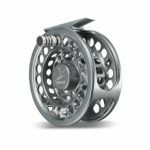
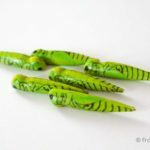
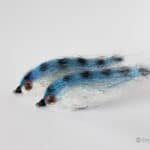
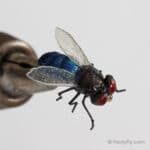
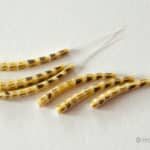
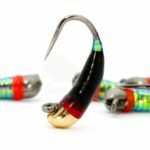
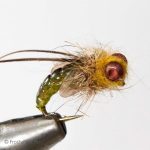

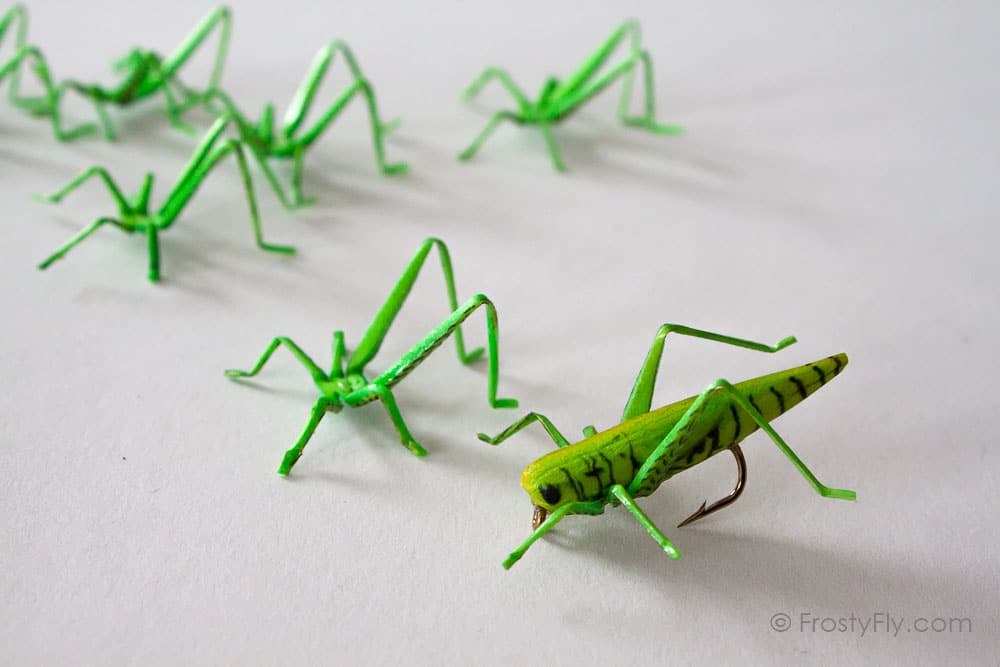


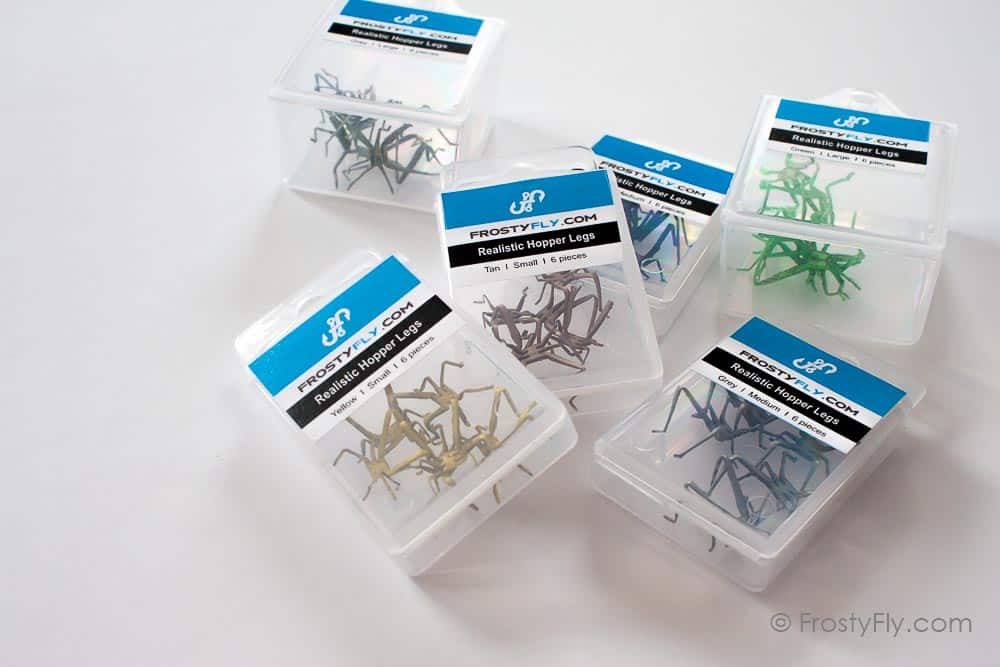
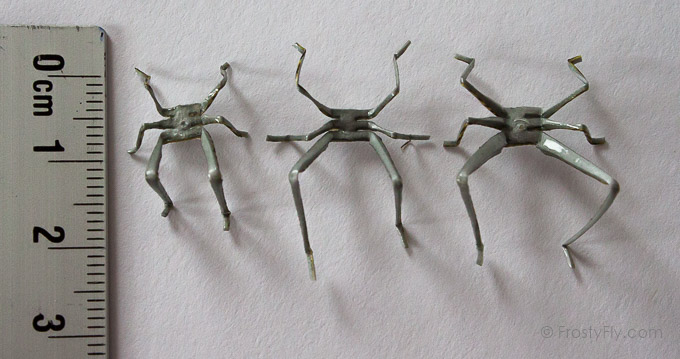
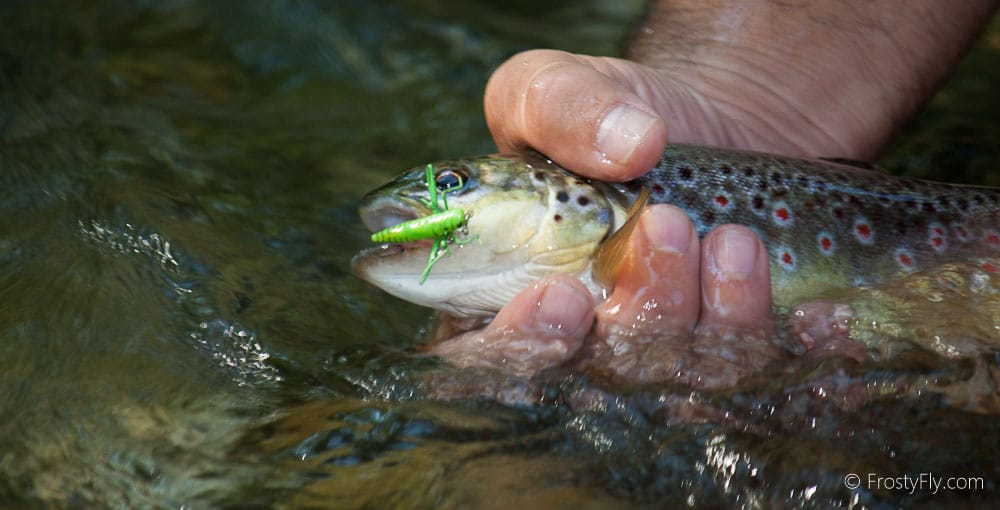

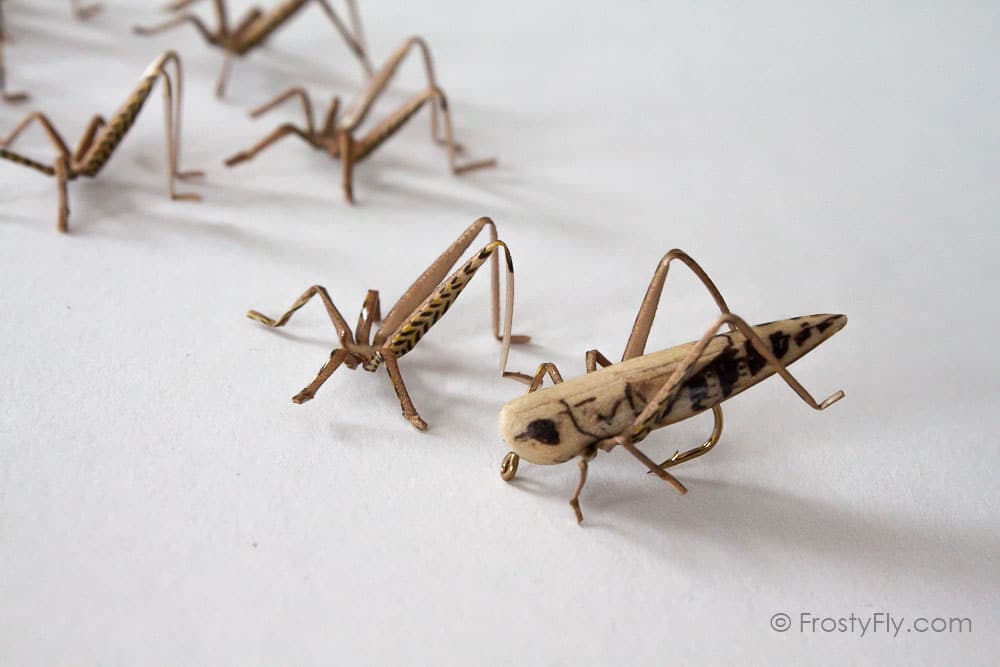
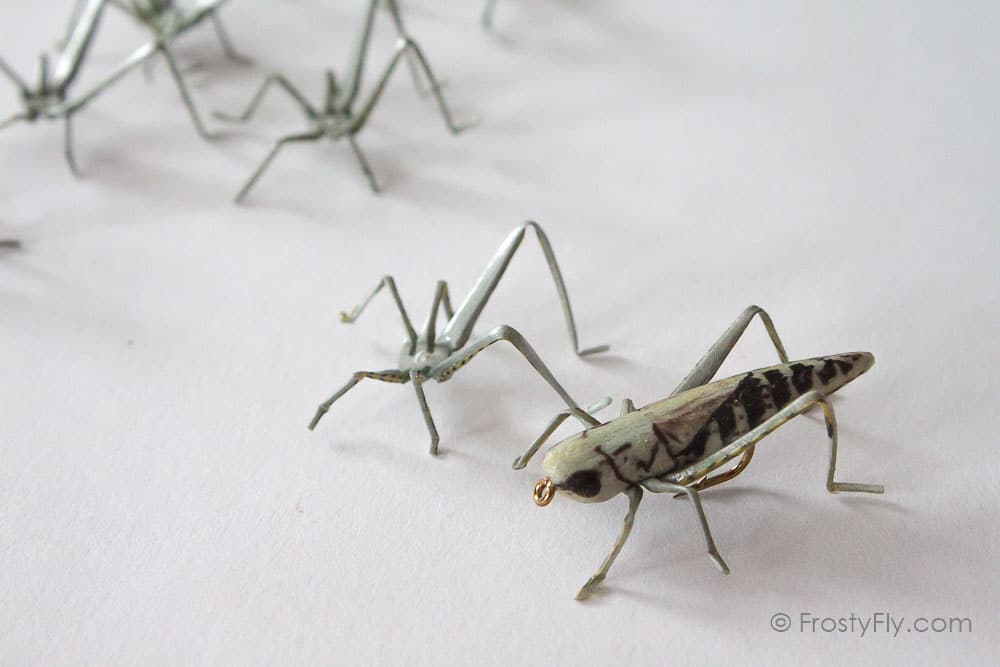
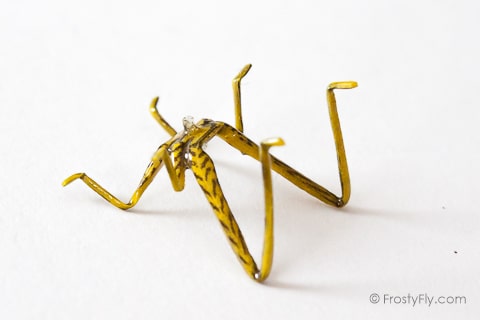

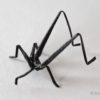
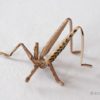
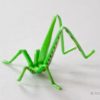
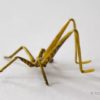
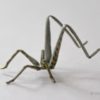
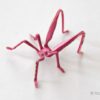
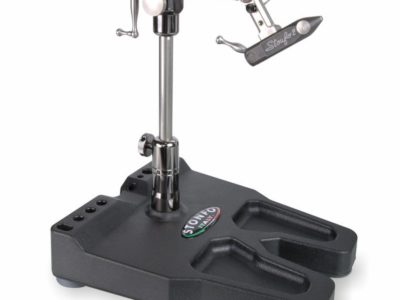
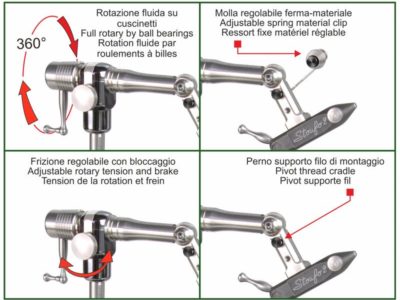
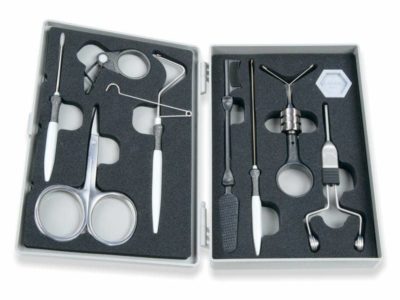
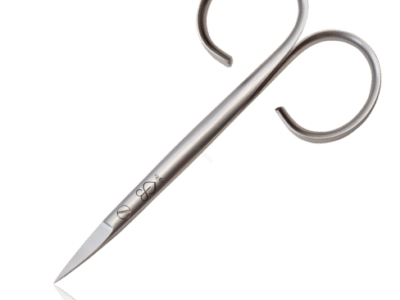
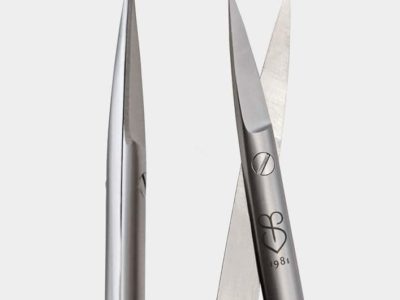
Lou Pompilio (verified owner) –
the operation was quick and easy to perform. The hoppers worked so well that I haven’t had to switch flies.
Joseph Whalen (verified owner) –
I have used the hopper bodies and realistic legs this summer season in Montana. For better visibility a white post indicator was added to my fly. This helped tremendously in faster water. The fly floats well and looks like the natural. To tie it I made a slit on the underside of the head and started the hook back so the bend and hook point penetrated and came out where the curve of abdomen is present. This leaves a larger hook gap. The front of the fly is superglued to thread covered hook as in the videos on Frosty Fly. Also legs are superglued and secured with a couple thread wraps.
I plan on trying them for Illinois largemouth bass in a couple weeks. I caught 118 trout in Montana over 10 inches in month of July and 50% of them were on this hopper. I think it’s my go-to hopper now.
Jp –
Too realistic. I had three hop away.